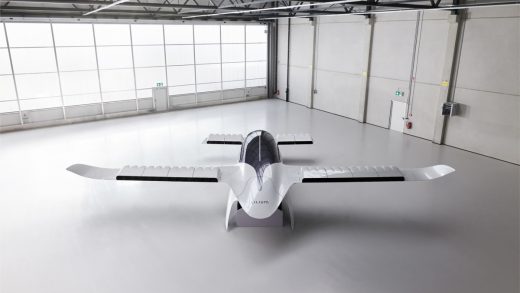Lilium’s innovative eVTOL targets regional aviation in its quest to curb emissions
Thank beer and YouTube for Lilium.
One evening back in 2013, Daniel Wiegand, then an aerospace engineering graduate student at the Technical University of Munich, was wandering the internet when a V-22 Osprey video caught his eye. The combat aircraft combined the vertical lift of a helicopter with the speed and range of an airplane. The eruption of electric vertical take-off and landing (eVTOL) aircraft startups had yet to happen, and Wiegand’s mind began racing.
If we could do this electrically, it would have so many benefits, he thought. He began scribbling some calculations.
Two weeks into his computational fugue, his flatmate grew worried. “‘Hey man, what are you doing?’” Wiegand remembers him saying. “‘You’re not coming out to party and just looking over these weird equations.’ I showed him what I was working on. That night we drank a lot of beer and he convinced me that I should found a company if I believed that this physically could be done.”
Math while drinking proved a fruitful combination. Wiegand applied for funding grants and corralled some engineering buddies to cofound Lilium with him in 2015. Eight years and several prototypes later, the startup is poised for manned tests of its regional eVTOL jet late next year in preparation for early 2026 deliveries. Earlier this month, it opened private sales in the U.S. market through Houston aircraft brokerage EMCJET.
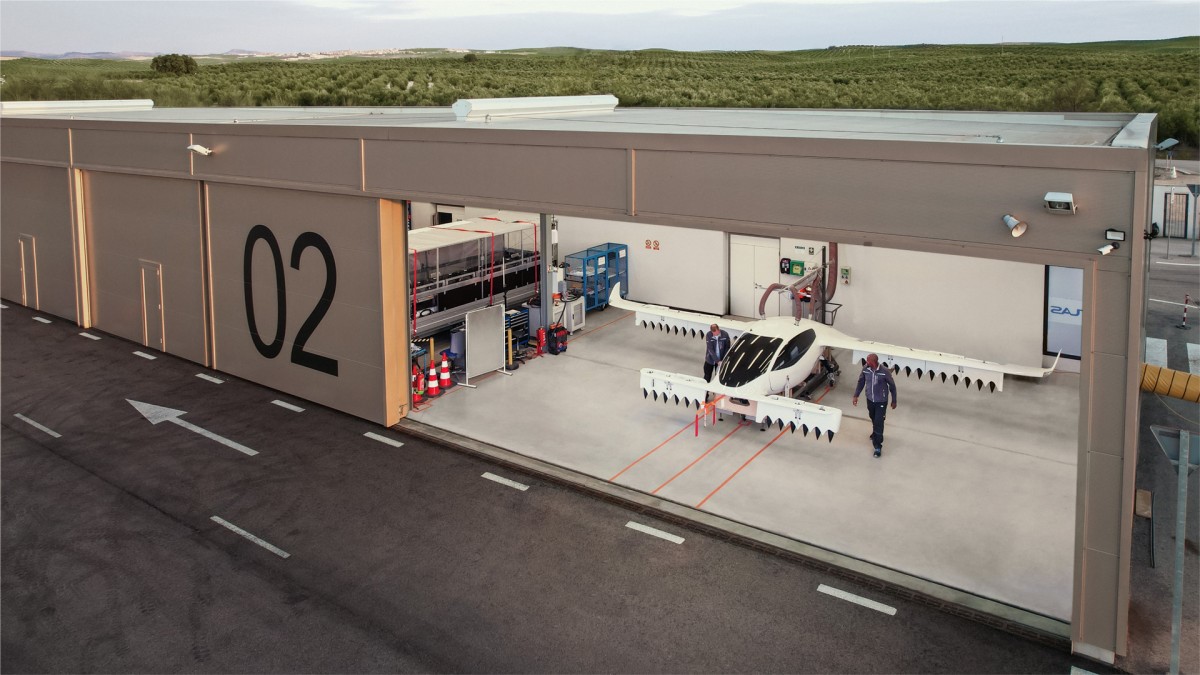
“There are about three, four companies that are in the race alongside us,” says Wiegand, who serves as chief engineer for innovation and future programs. “But the designs we are pursuing are very different, [with each] targeting slightly different markets.”
While its competitors are tackling urban air-taxi markets—5- to 10-minute flights covering 10- to 20-mile rides—Lilium has chosen to focus on intercity regional flights of up to 40 minutes and 185 miles. Its reasons are two-fold: Wiegand anticipates greater business potential because flying between cities shaves more commuting time than traveling within cities. And it can help dent the regional sector’s aviation emissions, which account for 41% of air travel, according to the Regional Airline Association. (The aviation industry is aspiring to net-zero carbon emissions by 2050 to keep average global temperatures from rising beyond 1.5 degrees Celsius, or 2.7 degrees Fahrenheit.) It will use existing helipad infrastructure and carry six passengers plus a pilot, for an initial estimated cost of about $3 per mile.
That strategy, however, presented a hefty engineering challenge—configuring jet engines to work like propellers. “A propeller is better suited for very short missions, takeoff and landing efficiency,” says Wiegand. “Our technology is better for longer trips.”
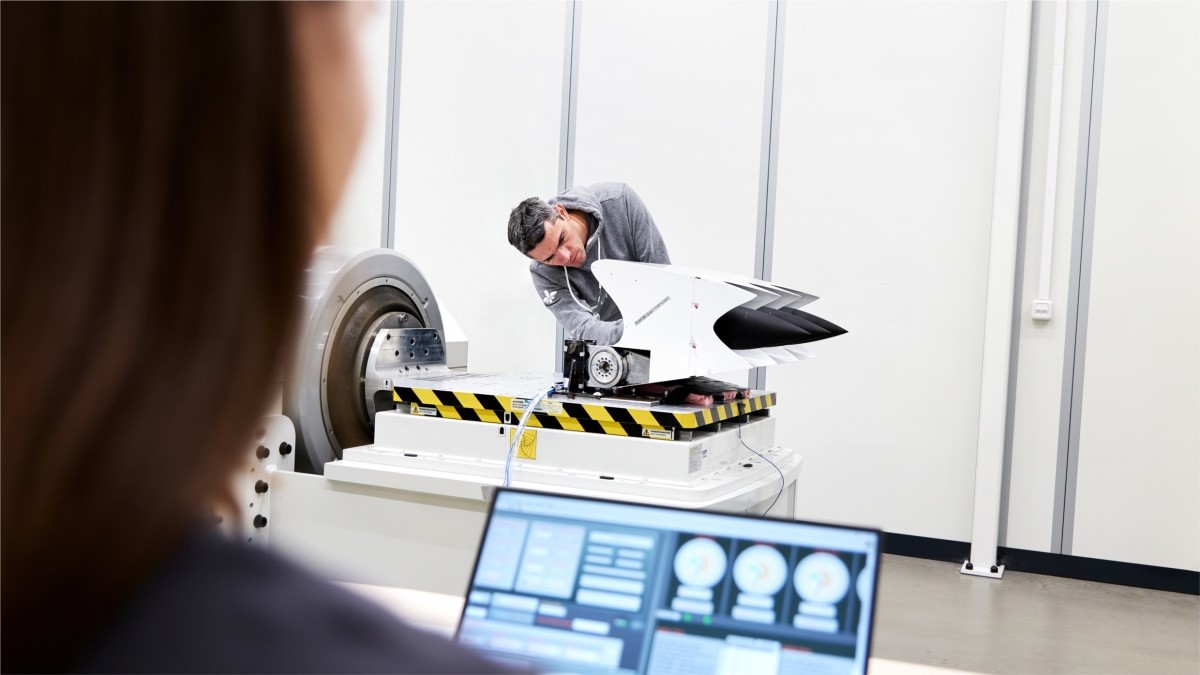
Their solution is a novel design involving 30 synchronized electric engines the size of small carry-on suitcases. The engines point down to thrust the craft up vertically then pivot horizontally to push it forward, up to 155 mph and altitudes of 10,000 feet. A carbon fiber composition makes them lightweight, but strong enough to withstand weather, engine heat, and bird strikes (which Lilium tests by launching gelatin bird replicas at high speed to engines). It reduces noise levels by encasing engines in ducts with acoustic dampening. Its engine system includes redundant battery packs and power circuits to cover in the event one fails.
“It’s a more sophisticated technology, so we had to spend more money to get it under control to test it,” says Wiegand. “And we’ve been criticized a lot for taking that more challenging route. But in the end, the regional market makes more sense, and it is much bigger.”
Thus far, Lilium has raised roughly $1.3 billion from equity funding rounds, a 2021 IPO, and sales of additional shares last July, which it has poured back into product development, testing and certification, and company operating costs. The company has $386 million in cash, but a market cap of $316 million—an undervaluing that Wiegand attributes to investor concerns over potential stock dilution and a slowdown in fundraising across tech industries.
Regardless, he maintains the company is on track. “We believe that roughly in a year from now, we can probably fully fund the company [operations] from customer payments,” and become profitable soon after market entry, he says.
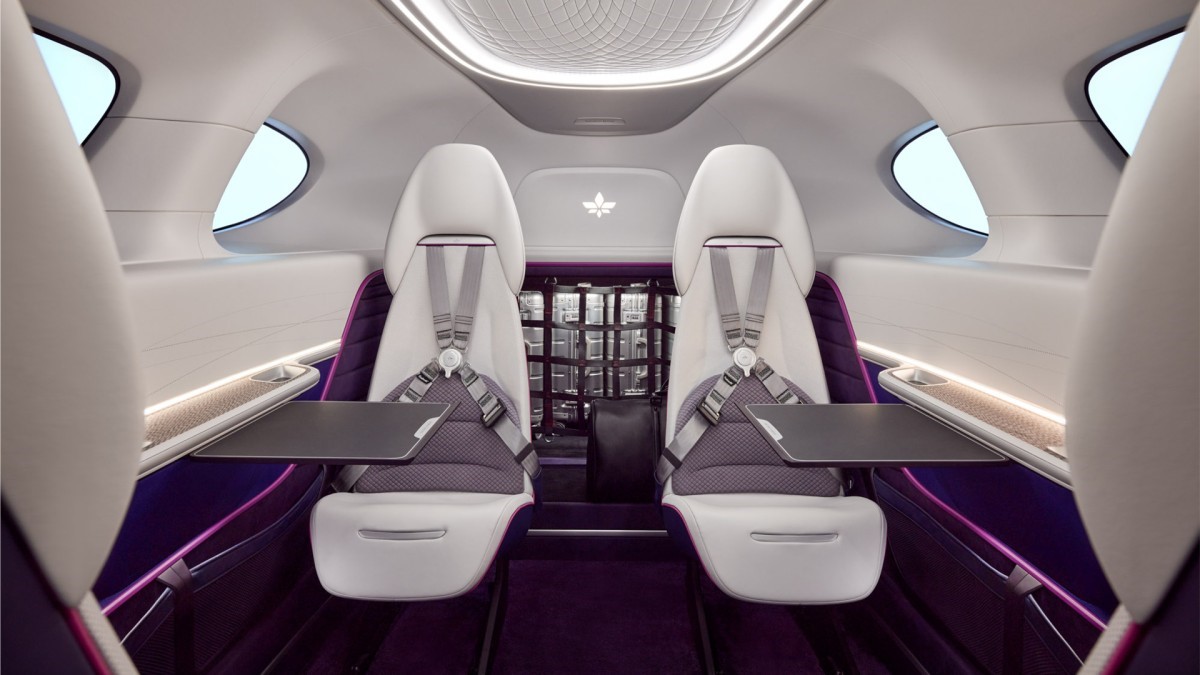
Lilium already boasts some 750 preorders—ranging from $6 or $7 million to $10 million for eVTOL sales to airlines versus individuals. Of those, 30 are already issuing down payments amounting to an unspecified figure in the millions of dollars.
But aircraft sales are not its only revenue source. The other is manufacturing proprietary replacement batteries, which last over 1,000 flights, but still have finite lifespans. Its state-of-the-art lithium-ion model contains a higher silicon content that increases power and energy capacity and reduces charging time to just 40 minutes with most automotive chargers. The battery revenue enables lower aircraft prices for airlines, which are likely to fly more and go through more batteries. An individual owner is more likely to fly less; hence, the heftier airplane price but smaller replacement battery costs.
“Those battery replacements can only come from us,” says Wiegand. “So, there’s a significant revenue stream coming from the battery replacements that’s comparable to printers and printer cartridges.”
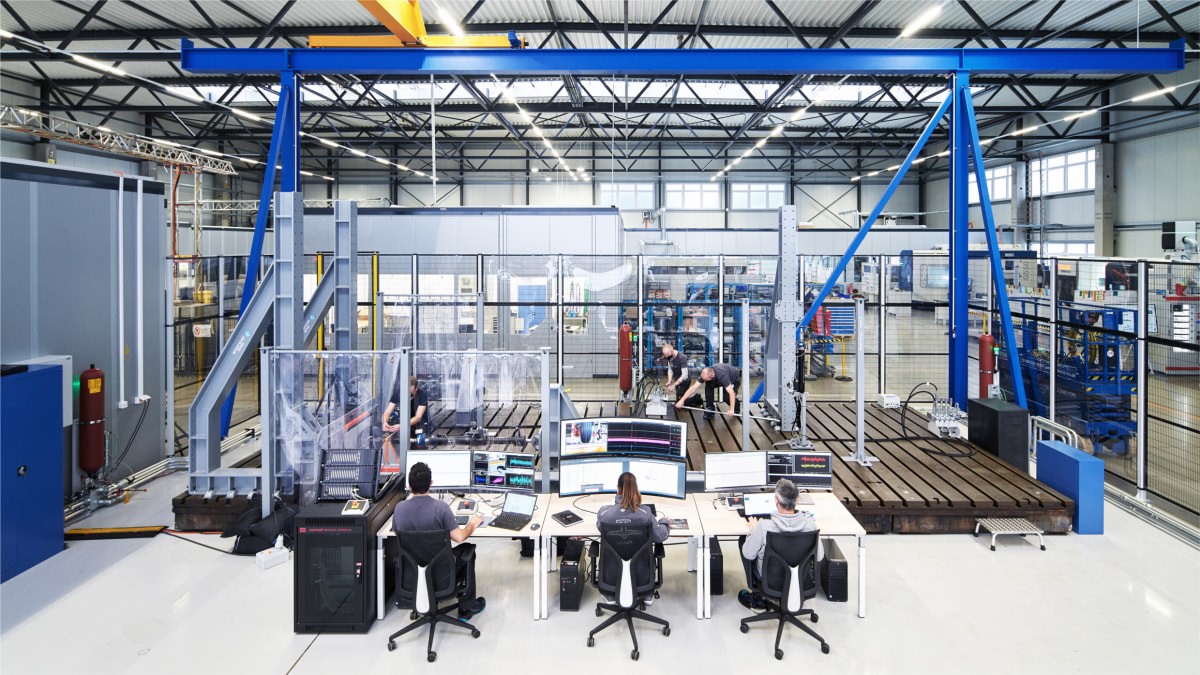
Lilium has streamlined costs by keeping designing, prototyping, engineering, and testing within its Munich headquarters, which includes a 150,000-square-foot factory where it will scale its aircraft production. (It conducts test flights near Caen, Spain.) By the end of 2026, its first year of anticipated revenue, Lilium expects to have manufactured just under 100 eVTOLs. By the end of 2030, it expects to exceed 1,000 per year. The current factory is designed to manufacture an annual 400 aircraft, with plans to expand it or build new facilities to accommodate increasing production demands.
To better facilitate global operations, Lilium is also pursuing dual certifications from the FAA and its European counterpart, the European Union Aviation Safety Agency (EASA). December will begin production of its certification plane, prompting nearly 150 job openings to add to its 850-member staff. The eVTOL industry is so new that regulators are still writing the rulebooks.
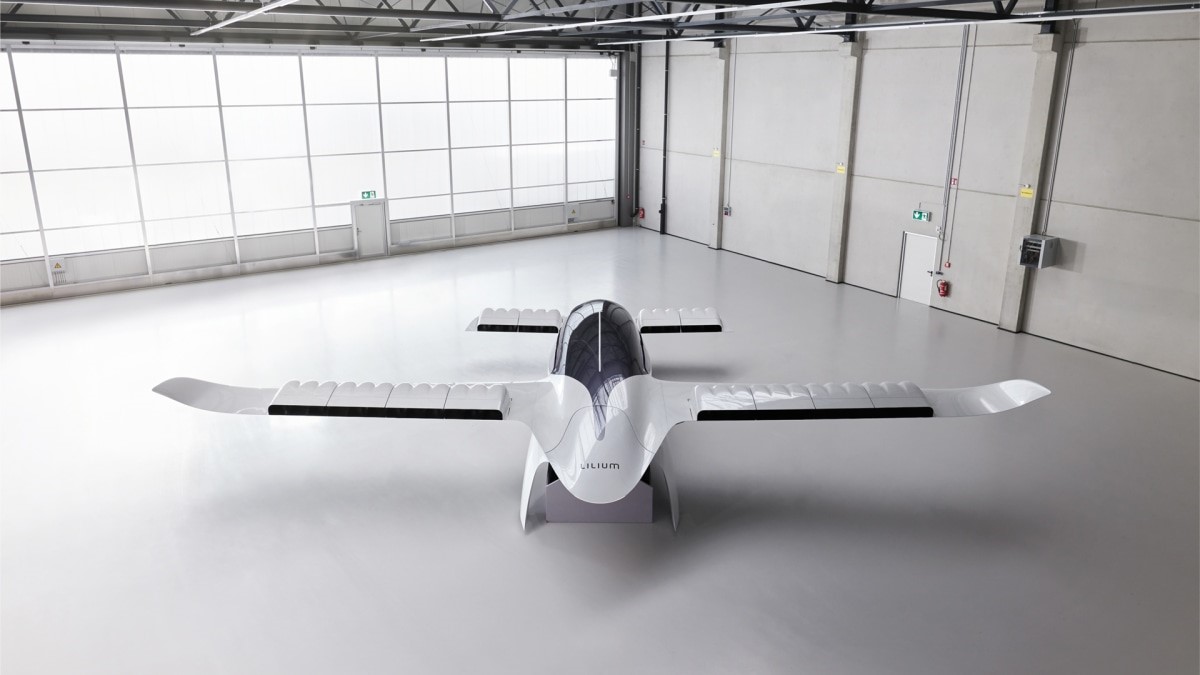
“We shared with them insights into the technology and test results. And we’ve done industry working groups together to establish the best regulations to make this a safe operation,” says Wiegand. “It’s a great example of how regulators can partner with private companies. They’re still independent, but they’ve taken a lot of knowledge from the industry.”
Even Lilium’s namesake—Otto Lilienthal—is a nod to its purpose to help usher in a new era in aviation. The 19th century German aeronautical pioneer flew the first glider in Germany and his work helped inspire the Wright Brothers. Lilienthal translates to `lilies valley,’ and the company founders opted for the Latin derivation of lily, or lilium.
“His vision was that one day we would not be using horse carriages anymore but would be flying to work and to see friends,” says Wiegand. “And that fits very well with a company that wants to democratize regional flight.”
(4)

